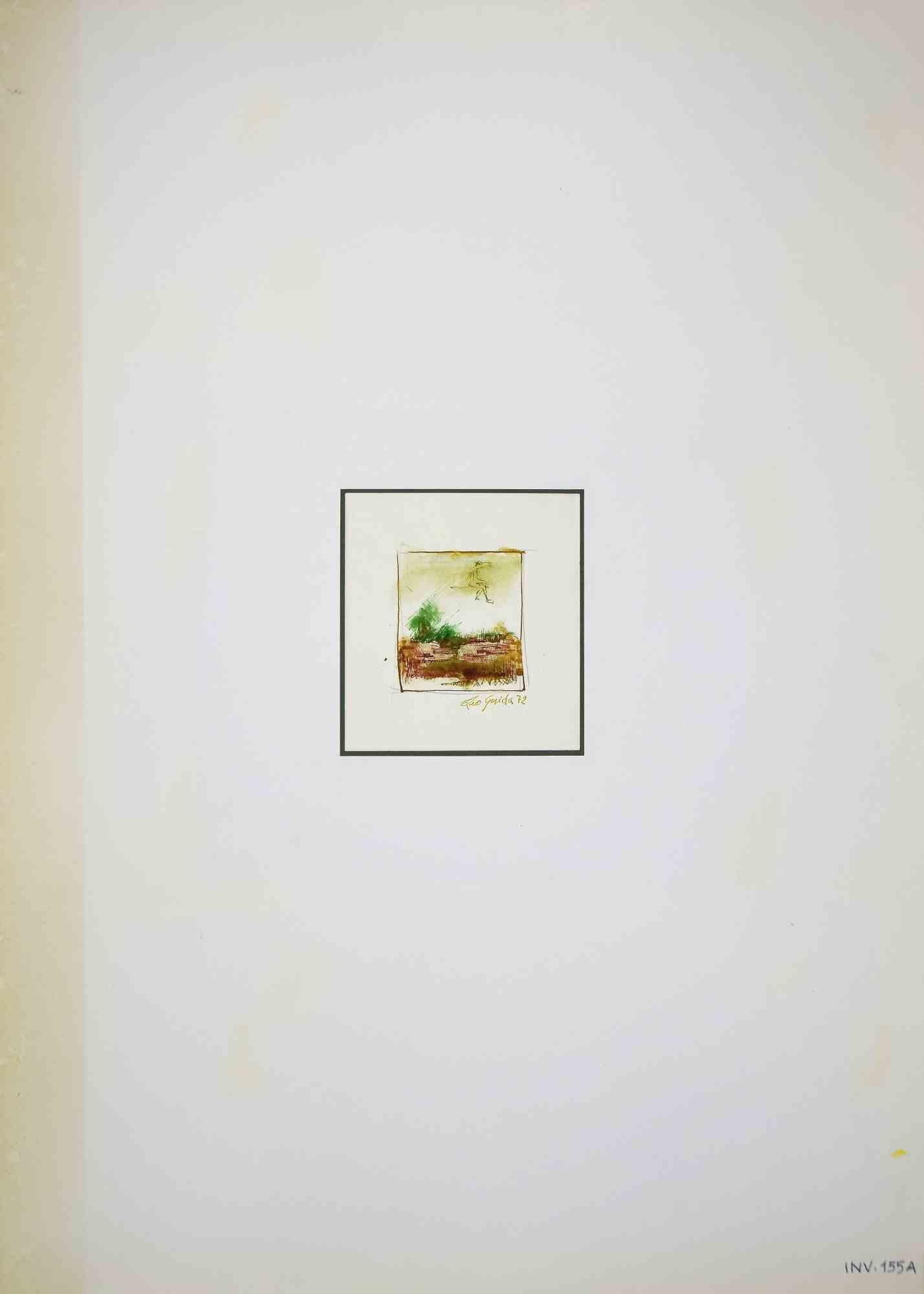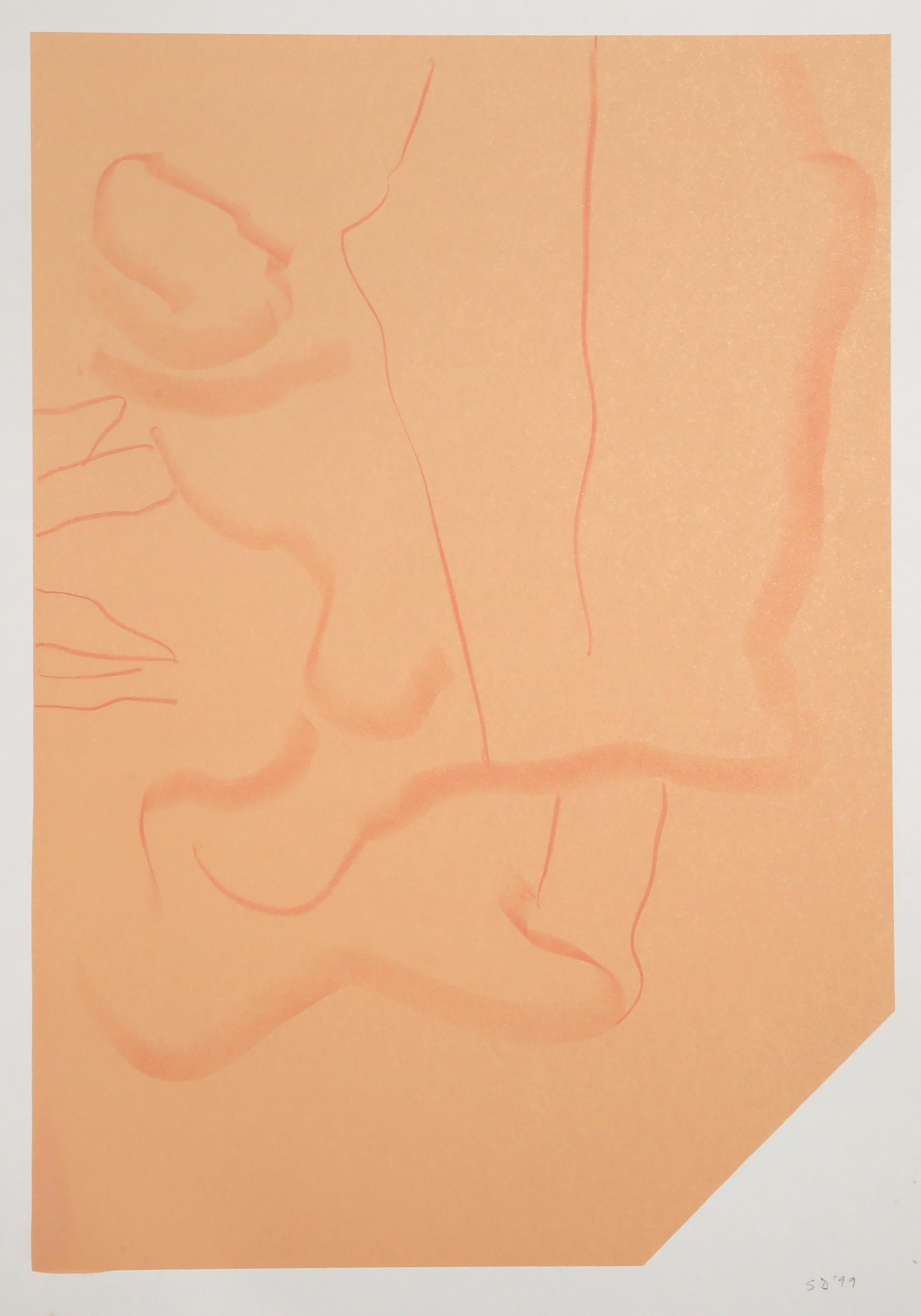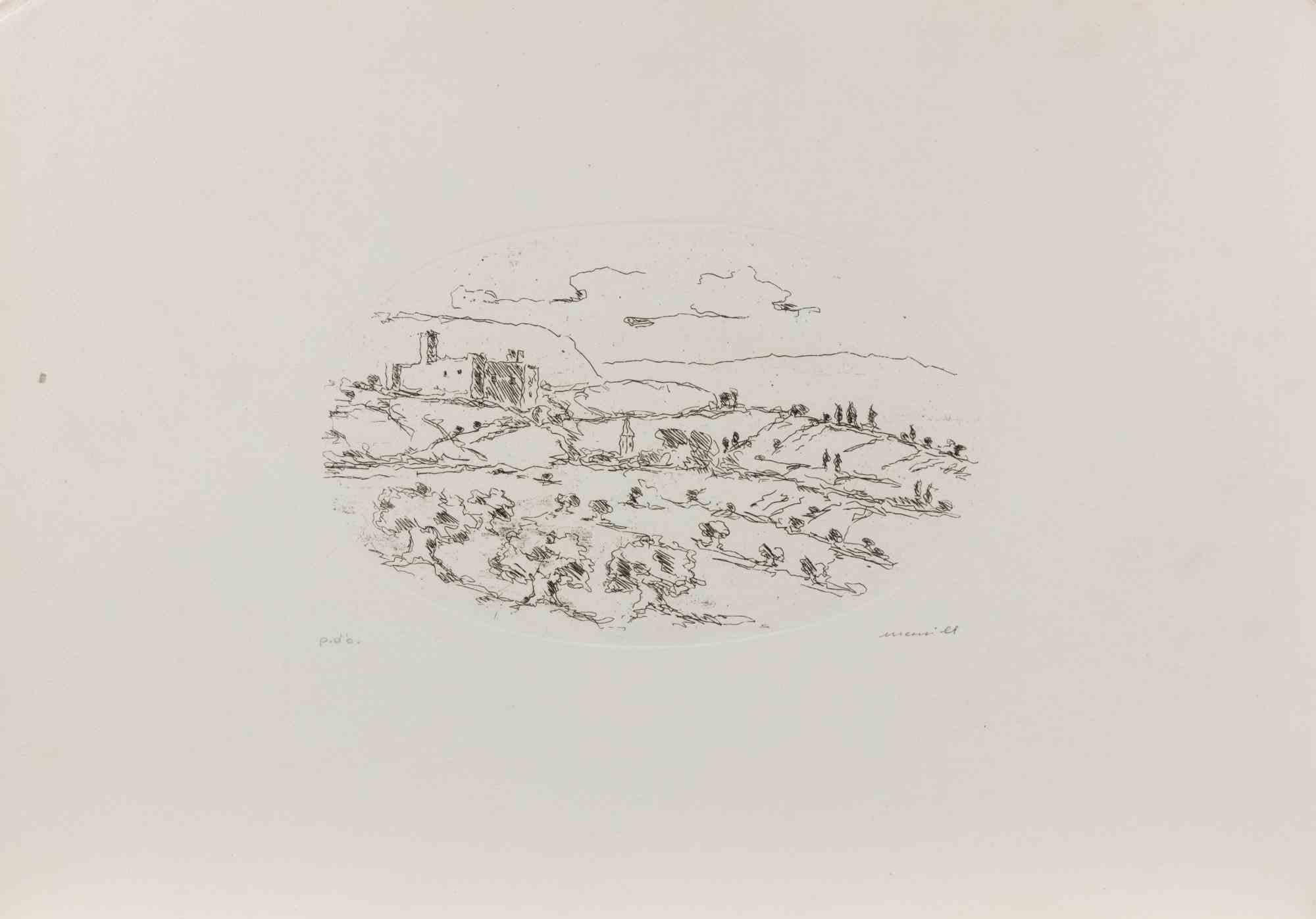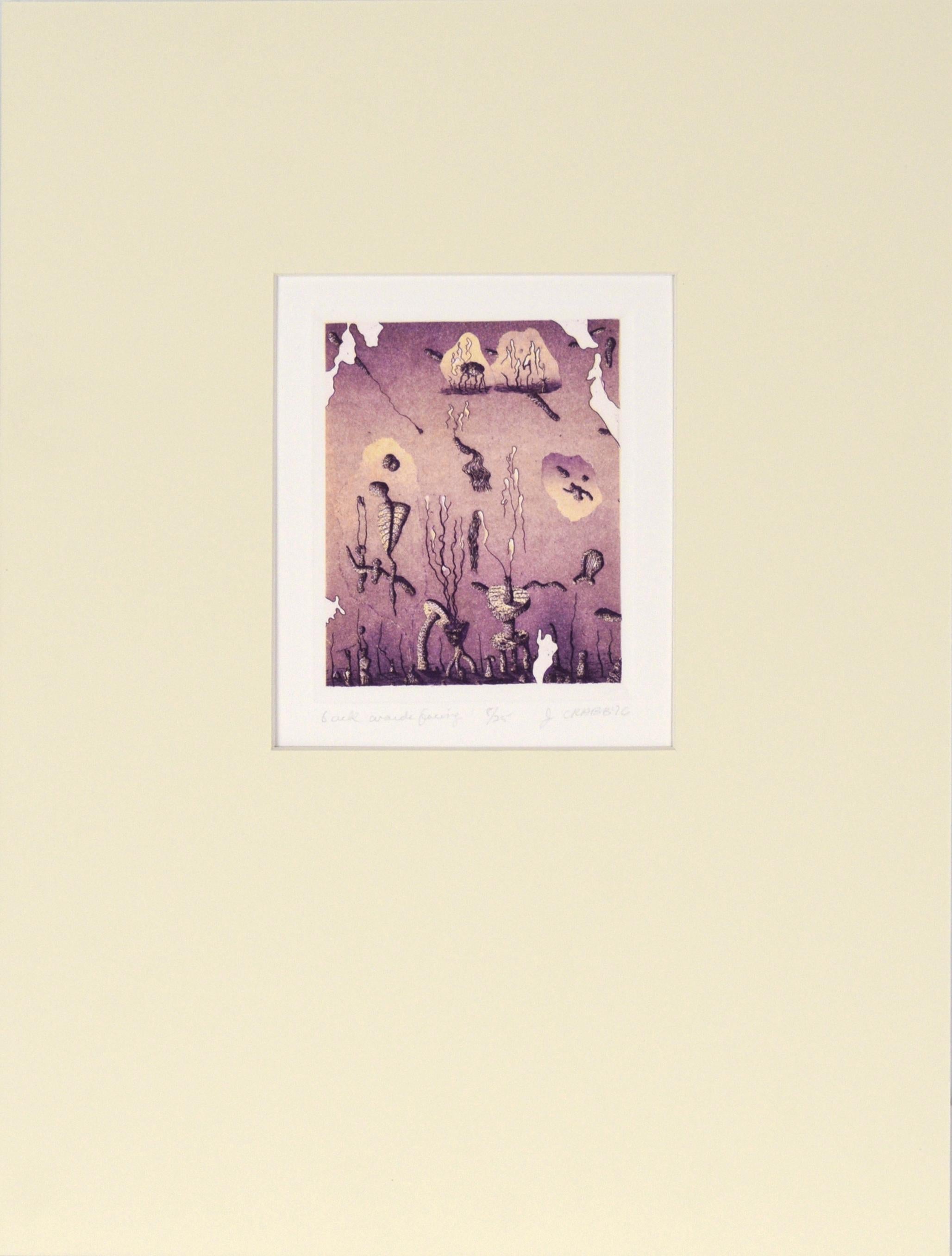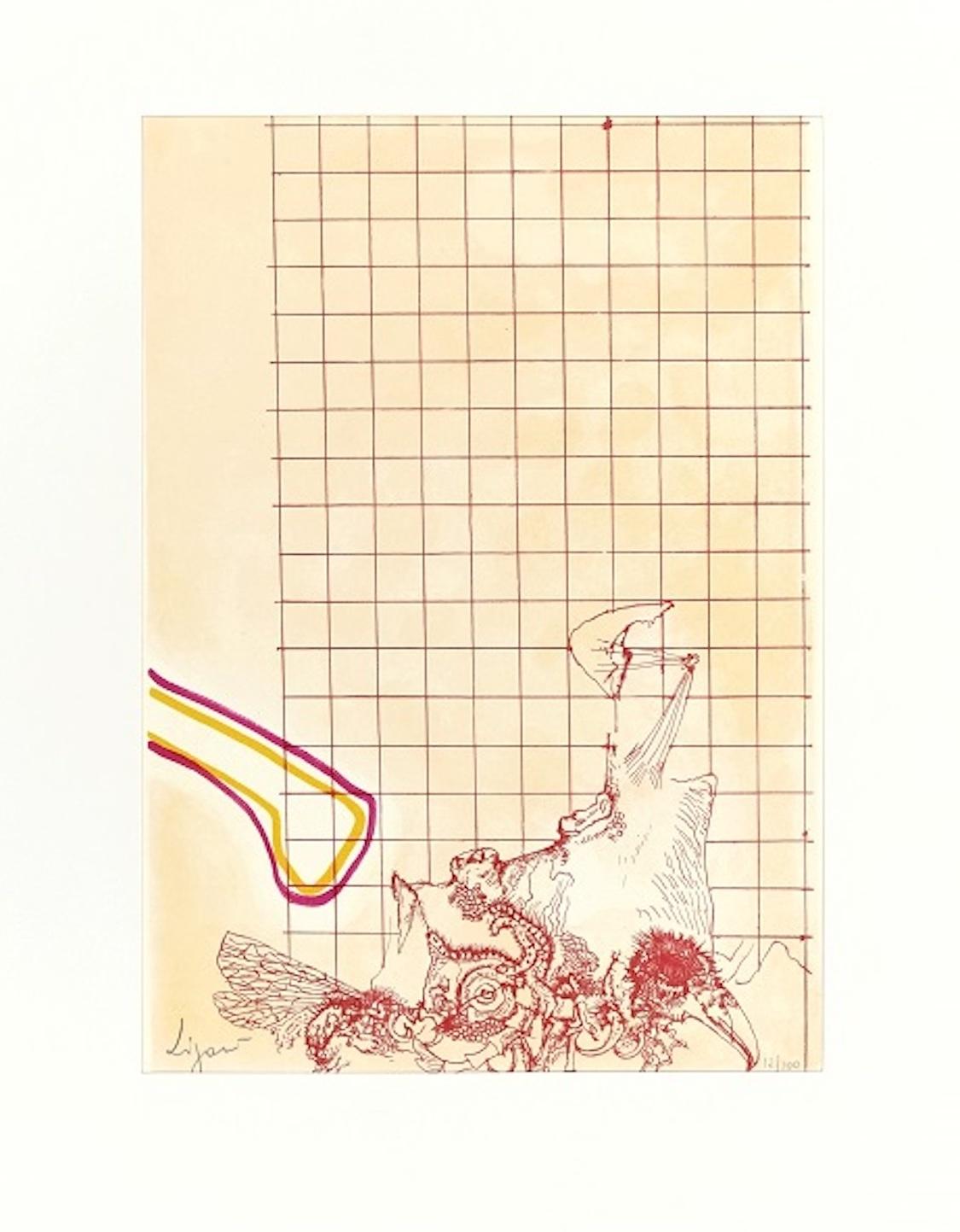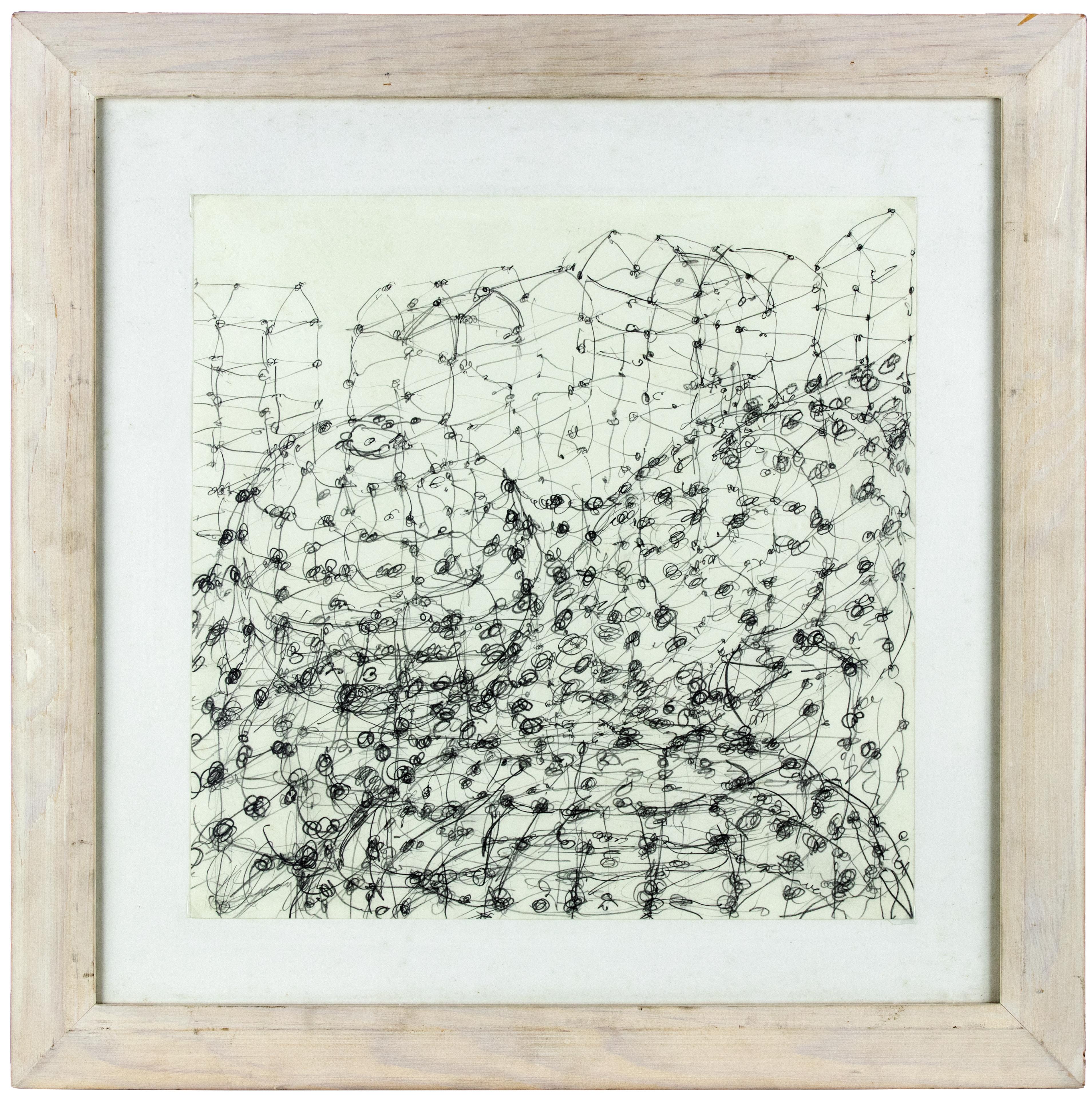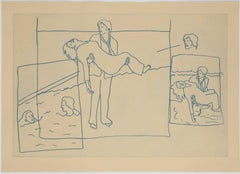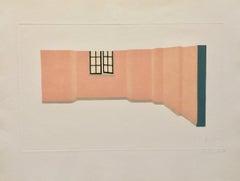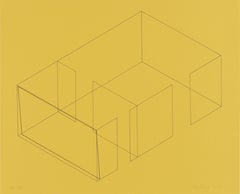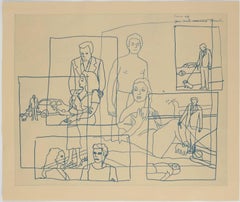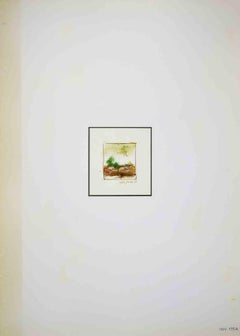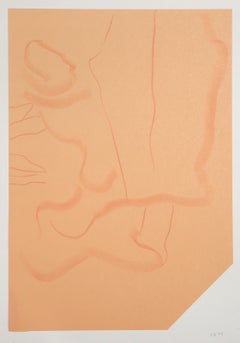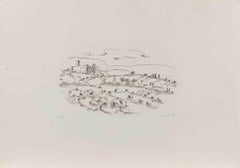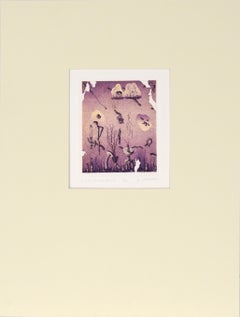Items Similar to Untitled
Want more images or videos?
Request additional images or videos from the seller
1 of 6
Michael Graves (b.1934)Untitled1981
1981
$880
$1,10020% Off
£680.64
£850.8020% Off
€774.87
€968.5920% Off
CA$1,263.54
CA$1,579.4220% Off
A$1,380.45
A$1,725.5720% Off
CHF 723.50
CHF 904.3820% Off
MX$16,483.06
MX$20,603.8320% Off
NOK 9,155.97
NOK 11,444.9620% Off
SEK 8,537.75
SEK 10,672.1920% Off
DKK 5,787.07
DKK 7,233.8420% Off
About the Item
Michael Graves (July 9, 1934 – March 12, 2015) was an American architect. Identified as one of The New York Five, as well as Memphis Group, Graves was known first for his contemporary building designs and some prominent public commissions that became iconic examples of Postmodern architecture, such as the Portland Building and Denver Public Library. His recognition grew through designing domestic products sold by premium Italian housewares maker Alessi, and later low-cost new designs at stores such as Target and J. C. Penney in the United States. He was a representative of New Urbanism and New Classical Architecture and formerly designed postmodern buildings, and was recognized as a major influence in all three movements. Michael Graves was one of the most prominent and influential architects and designers of the late- 20th and early- 21st centuries. In his buildings and in his furniture and housewares, Graves embodied the essence of Postmodernism — a refined classicism inflected with a humanistic sense of joy. The Indiana-born Graves attended the University of Cincinnati’s architectural program and continued his studies at Harvard as well as at the American Academy in Rome. In 1962, he began teaching at Princeton, and remained there throughout his career. Following a seminal 1972 Museum of Modern Art group survey of rising modernist architects, Graves, along with Richard Meier, Charles Gwathmey, Peter Eisenman and John Hejduk, gained fame as a member of the “New York Five.” But even then Graves was looking to break from the monotony of modernism. Graves projects such as the Portland Building in Oregon (1982) and the Humana Building in Louisville, Kentucky (1985) would usher in postmodernism—a new architectural language employing symbolic color and a clever redux of classical elements, such as keystones and pilasters, blown up to cartoonishly large proportions.
- Creator:Michael Graves (b.1934) (1934, American)
- Creation Year:1981
- Dimensions:Height: 27 in (68.58 cm)Width: 21 in (53.34 cm)
- Medium:
- Movement & Style:
- Period:
- Condition:Signed, dated, and numbered by the artist. A.P. 2. Plate size is 8 in x. 8 in.
- Gallery Location:New York, NY
- Reference Number:1stDibs: LU32923930442
About the Seller
5.0
Recognized Seller
These prestigious sellers are industry leaders and represent the highest echelon for item quality and design.
Established in 1979
1stDibs seller since 2015
68 sales on 1stDibs
Typical response time: 5 hours
Associations
International Fine Print Dealers Association
- ShippingRetrieving quote...Shipping from: New York, NY
- Return Policy
More From This Seller
View AllVellum Sketches I
By Ida Applebroog
Located in New York, NY
Born in Bronx, NY, Ida Applebroog attended NY State Institute of Applied Arts and Sciences and the School of the Art Institute of Chicago. She received a MacArthur Foundation Fellows...
Category
21st Century and Contemporary Contemporary Figurative Prints
Materials
Aquatint
$2,800 Sale Price
20% Off
Untitled (Pink Wall)
By Alan Herman
Located in New York, NY
Alan Herman is a native New Yorker who graduated with a BFA from The Philadelphia College of Art, and an MFA from Temple University. After graduation he returned to New York and desi...
Category
1980s Contemporary Interior Prints
Materials
Aquatint
$480 Sale Price
20% Off
Eight Variations for Galerie Heiner Friedrich
By Fred Sandback
Located in New York, NY
Fred Sandback was a minimalist conceptual-based sculptor known for his yarn sculptures, drawings, and prints. He majored in philosophy at Yale Universit...
Category
1970s Minimalist Abstract Prints
Materials
Screen
Vellum Sketches II
By Ida Applebroog
Located in New York, NY
Born in Bronx, NY, Ida Applebroog attended NY State Institute of Applied Arts and Sciences and the School of the Art Institute of Chicago. She received a MacArthur Foundation Fellows...
Category
21st Century and Contemporary Contemporary Figurative Prints
Materials
Aquatint
$2,800 Sale Price
20% Off
Horizon
By Richard Artschwager
Located in New York, NY
Richard Ernst Artschwager (1923–2013) was an American painter, sculptor, illustrator, print maker, and furniture designer. Known for its stylistic independence, his work has associat...
Category
Late 20th Century Contemporary More Prints
Materials
Etching, Aquatint
$4,800 Sale Price
20% Off
Untitled
By Joanne Greenbaum
Located in New York, NY
Joanne Greenbaum’s prints are an energetic profusion of overlapping techniques and colors, featuring clusters of architectural forms, irregular shapes, and doodle-like lines. Greenba...
Category
20th Century Abstract Abstract Prints
Materials
Etching
You May Also Like
Landscape - Drawing by Leo Guida - 1972
By Leo Guida
Located in Roma, IT
Landscape is an original drawing in ink and watercolor realized by Leo Guida in 1972.
Good condition.
Hand-signed.
Leo Guida (1992 - 2017). Sensitive to current issues, artistic ...
Category
1970s Contemporary Landscape Drawings and Watercolors
Materials
Ink, Watercolor
$248 Sale Price
30% Off
Untitled 25, Minimalist Lithograph with pastel by Stephen A. Davis
Located in Long Island City, NY
Stephen A. Davis, American (1945 - ) - Untitled 25, Year: 1999, Medium: Lithograph with hand colored pastel, signed and dated in pencil lower right, Image Size: 23 x 16 inches, Si...
Category
1990s Minimalist Abstract Prints
Materials
Pastel, Lithograph
Landscape - Etching by Franco Marzilli - 1980s
By Franco Marzilli
Located in Roma, IT
Etching realized by Franco Marzilli.
Hand signed and unnumbered.
Artist proof.
Very Good condition.
Category
1980s Contemporary Landscape Prints
Materials
Etching
"backwards facing" - 1976 Surrealist Lithograph on Paper
Located in Soquel, CA
"backwards facing" - 1976 Surrealist Lithograph on Paper
1976 surrealist lithograph on paper titled "backwards facing" by Jim Crabb (American, b. 1947). This piece resembles a surreal landscape, with various biomorphic objects floating in the sky. Some of them resemble coral, growing vertically. Others look like microscopic organisms, with stringy tails. In this piece there appear to be cracks or portals in the landscape.
Titled, numbered, signed, and dated along the bottom edge:
backwards facing 8/25 J CRABB...
Category
1970s Surrealist Abstract Prints
Materials
Laid Paper, Lithograph
Untitled - Original Lithograph by Giuseppe Zigaina - 1970s
By Giuseppe Zigaina
Located in Roma, IT
Image dimensions: 33.2x23.7 cm.
Senza Titolo is a beautiful colored lithograph on paper, realized at the end of XX century by the Italian artist, Giuseppe Zigaina, and publised by L...
Category
1970s Contemporary Abstract Prints
Materials
Lithograph
Untitled - 1990s - Tony Cragg - Drawing - Contemporary
By Tony Cragg
Located in Roma, IT
Untitled is an original artwork realized by Tony Cragg in 1996. Pencil on paper.
Hand-signed by the artist on the lower left. On the back, there is the label of Buchmann Galerie, Kol...
Category
1990s Contemporary Abstract Drawings and Watercolors
Materials
Pencil
